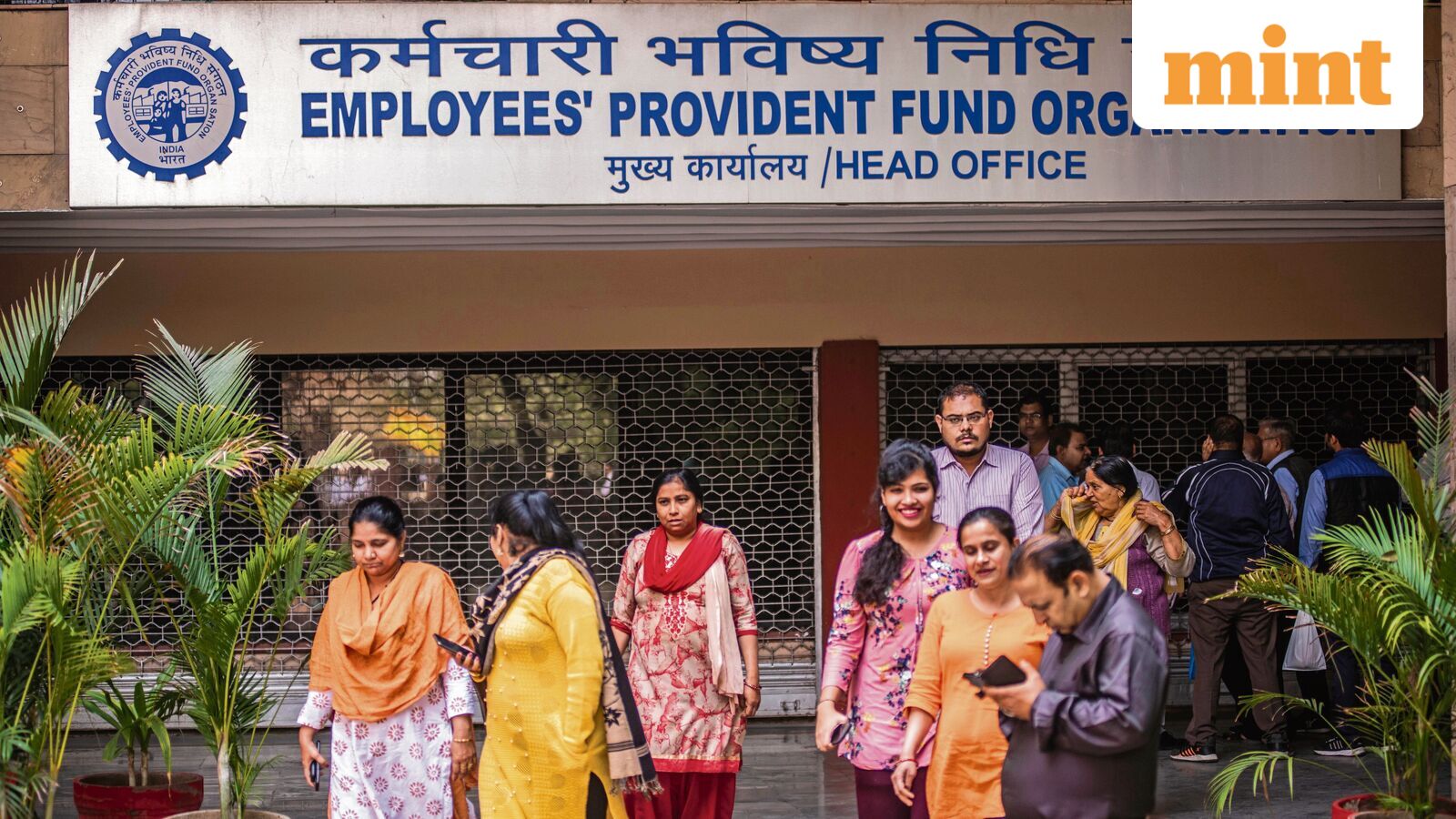The Employees’ Provident Fund Organisation (EPFO) has moved to extend the time period for full withdrawal of provident fund savings. The change is meant to protect retirement nest eggs, but it also raises fresh challenges for migrant workers, retirees, and people who need quick access to funds during emergencies.
What the change means
Under the revised timeline, members will face a longer waiting period before they can take out their entire EPF balance. Partial withdrawals and permitted withdrawals for certain reasons remain available, but the full withdrawal route is being made more restrictive to discourage premature depletion of retirement savings.
Why this shift was made
- Protecting retirement security: The main goal is to ensure members have funds at and after retirement, reducing the risk of outliving savings.
- Long-term financial stability: Encouraging accumulation helps maintain steady retirement incomes and lessens reliance on social support later.
- Policy alignment: The move aligns with broader efforts to promote pension-like behaviour and discourage short-term withdrawals.
Who stands to benefit
- Workers close to retirement, who will see a stronger assurance of available savings.
- Long-term contributors who rely on EPF as a core retirement corpus.
- Policy makers and institutions aiming to reduce future social security burdens.
Potential hurdles for migrants, retirees, and emergencies
While the intent is sound, practical issues may arise:
- Migrant workers: Frequent job changes and relocation make quick access to funds important. Extended full withdrawal timelines could leave migrants cash-strapped during transitions.
- Early retirees: Those who retire earlier than planned may need liquidity. Restrictions could force them to use other expensive credit options.
- Emergency needs: Medical crises, family obligations, or business shocks often require immediate funds. Tighter rules on full withdrawal could complicate timely responses.
Equity and implementation risks
There’s also the risk that the policy will disproportionately affect lower-income members and those without alternative savings. Administrative delays or unclear communication could amplify hardship for people unaware of their options.
Practical steps for affected members
- Consider partial withdrawals: EPF rules still allow withdrawals for housing, education, medical emergencies, and unemployment—explore these routes first.
- Build an emergency fund: If possible, set aside a small liquid fund outside EPF for urgent needs.
- Plan job changes carefully: Migrant workers should research transfer and withdrawal processes before moving to reduce cash-flow gaps.
- Seek clear guidance: Contact the EPF office or employer HR for precise timelines and documentation required to avoid surprises.
Bottom line
Extending full withdrawal timelines is a clear attempt to safeguard retirement savings and promote long-term financial security. But to be effective and fair, the policy must be balanced with practical measures that protect vulnerable workers and provide realistic access to funds during genuine emergencies.
